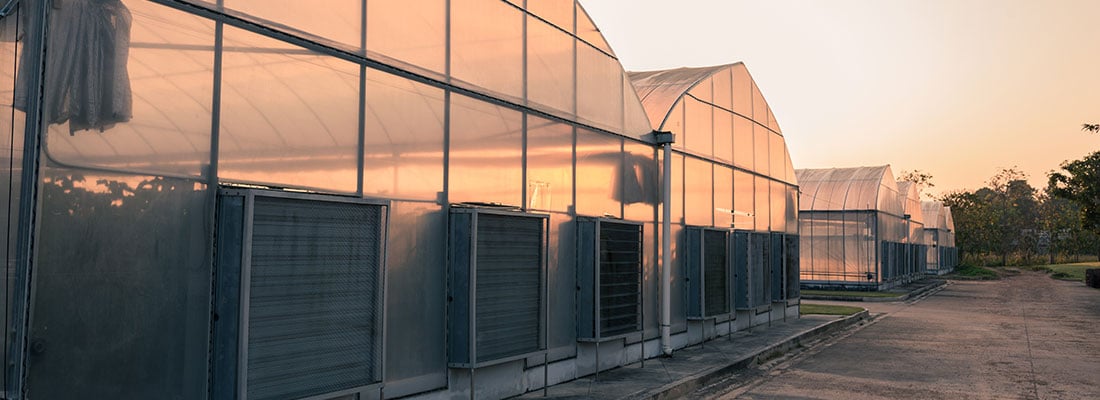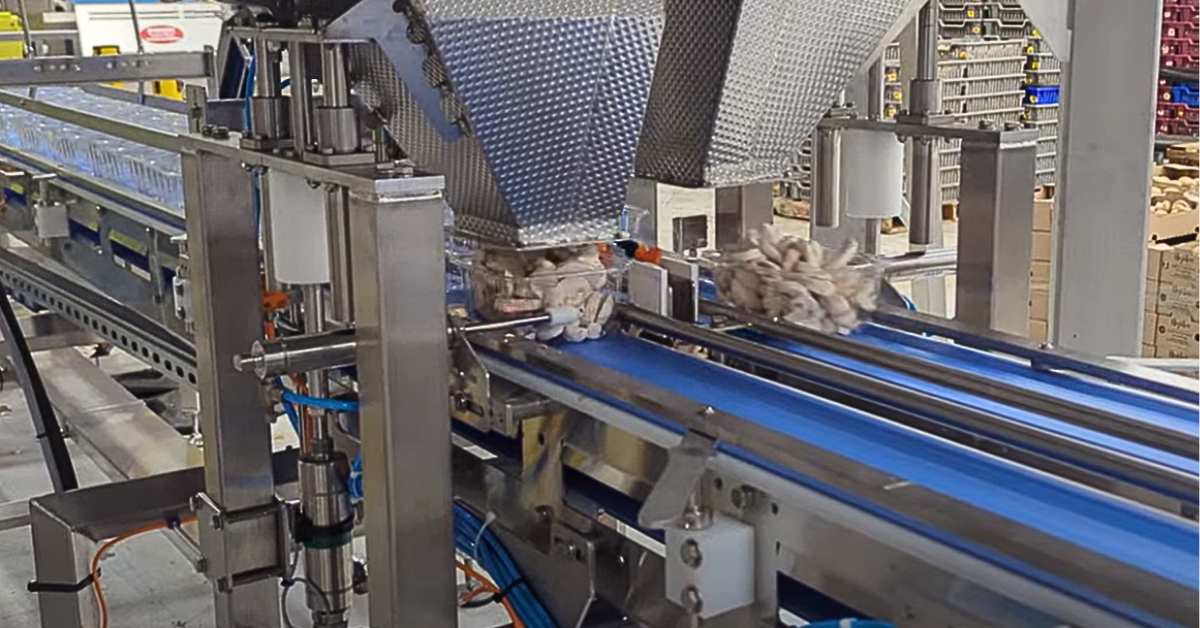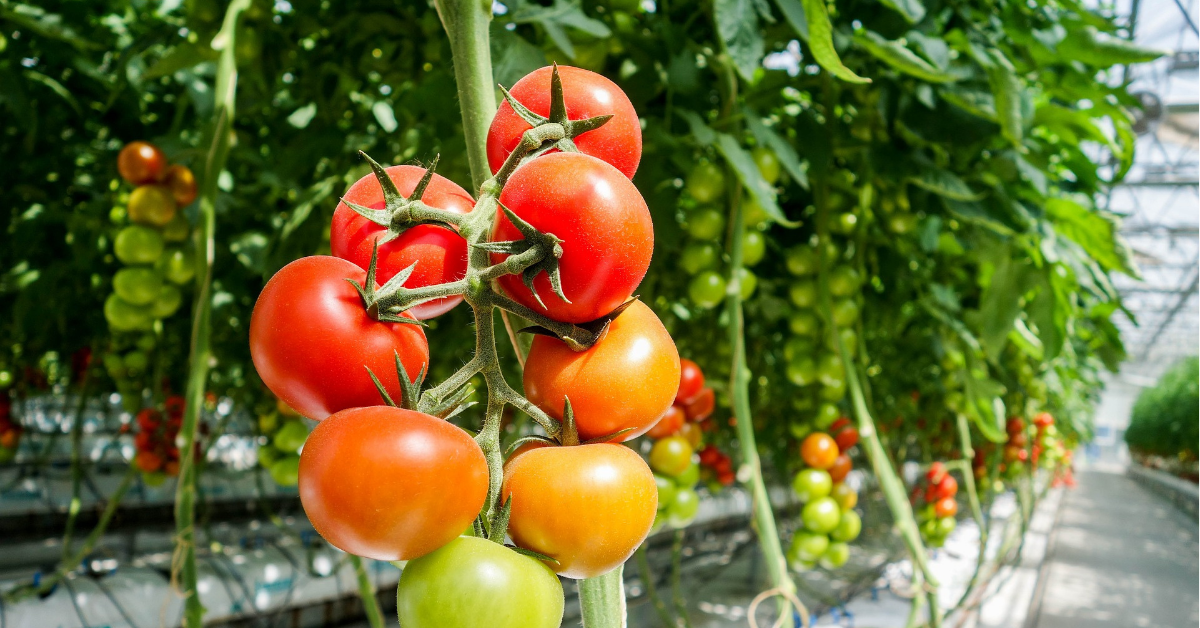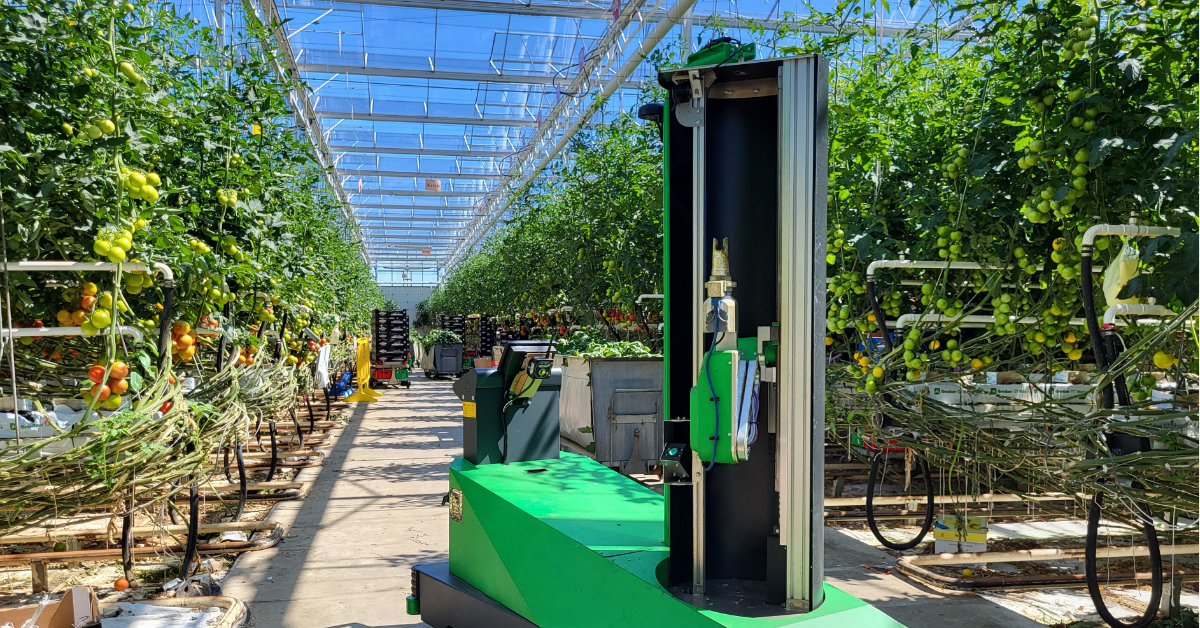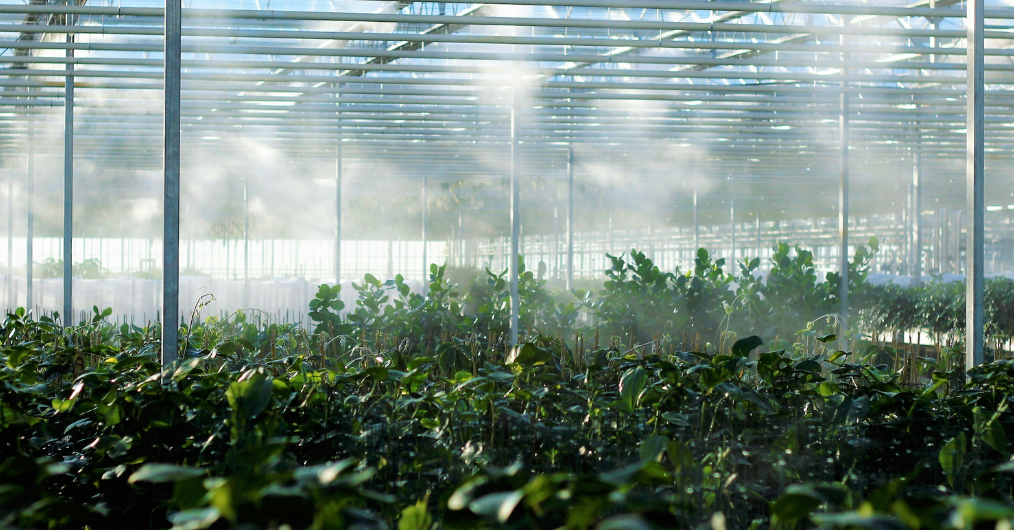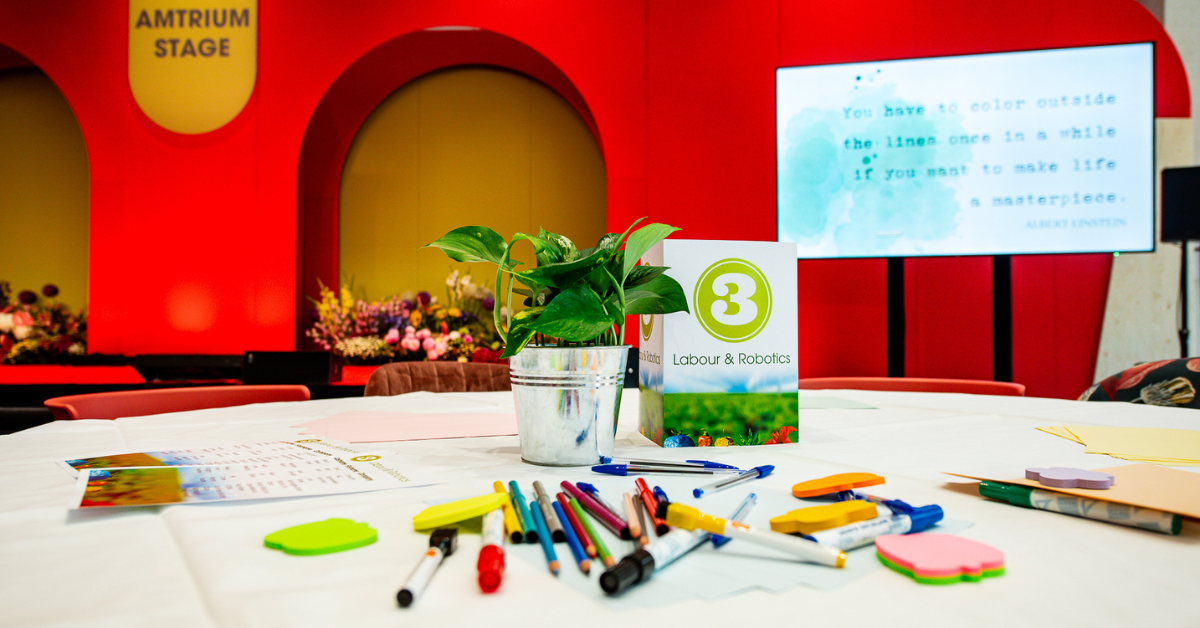Greenhouses get a new look and the plants love it!
 Author: GreenTech
Author: GreenTechIn the world of horticulture, sustainability plays a big role in how we choose what methods we prefer to use when cultivating anything. Now imagine that your greenhouse could generate its own electricity to self-sustaining operations and giving back to the grid. That’s the dream.
Reducing the general consumed by our food cultivation has become an increasingly difficult task as we simultaneously aim to increase our food yields and pace. Over the past 20 years, greenhouses cover over 9 million acres of our land today and it’s growing and growing. Countries like Canada depend heavily on greenhouses for vegetable production and we are seeing a increase in greenhouse demand in China.
In general, greenhouses are strategically placed in order to maximise their exposure to sunlight and therefore, University of California’s spinoff company Soliculture has implemented solar panels into their greenhouse. Their greenhouse is no ordinary Greenhouse, it’s coloured magenta, and according to their latest study, some plants actually do better under the coloured light.
Wavelength-selective photovoltaic systems (WSPVs) are used in the operation of the greenhouse and are the integral element in generating electricity. They cost less than traditional photovoltaic systems and actually generate electricity more effectively.
Inside the root panels is a magenta luminescent dye. Magenta dye is able to absorb blue and green light wavelengths and transfers the into the narrow photovoltaic strips which generates electricity. As mentioned before, the aim is to have greenhouses to be self-sustaining, therefore this energy is used to power fans, heaters and watering systems.
Soliculture lead a study with a variety of plants comparing growth patterns between conventional greenhouses and magenta ones. 20 varieties of tomatoes, cucumbers, lemons, limes, peppers, strawberries and basil were grown and photosynthesis rate was closely monitored by researchers. According to Professor Michael Loik, 80 percent of the plants did not show any growth pattern changes and 20 percent grew better. Tomato plants grown in the magenta greenhouses required less water than those grown in the conventional greenhouses.
“I thought the plants would grow more slowly, because it’s darker under these pink panels,” says Loik. “Plants are sensitive not just to the intensity of light, but also to colour. But it turns out plants grow just as well” "If greenhouses generate electricity on site, that reduces the need for an outside source, which helps lower greenhouse gas emissions even more," said Loik. "We're moving toward self-sustaining greenhouses."
Greenhouses us a lot of electricity to control their internal climate and power additional facilities to ensure plant growth like lights, fans and other monitoring systems. "This technology has the potential to take greenhouses offline," said Loik. The costs are relatively low for the WSPV technology and is about 65 cents per watt, which is 40% lower than traditional silicon based photovoltaic cells.
Supporting Video:
